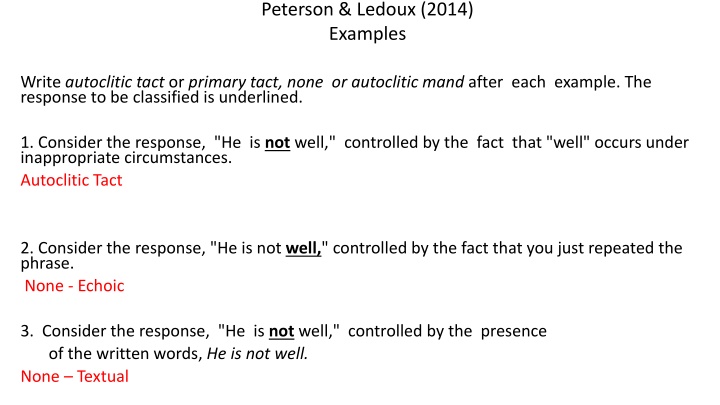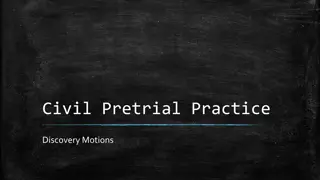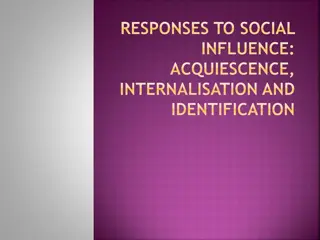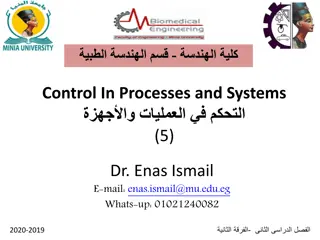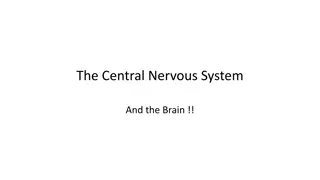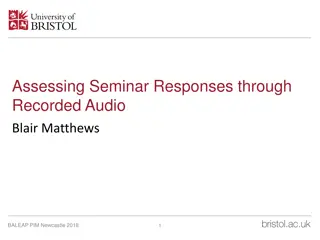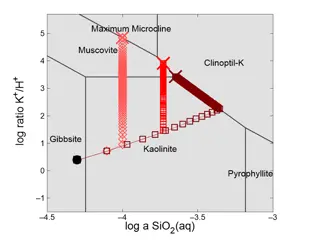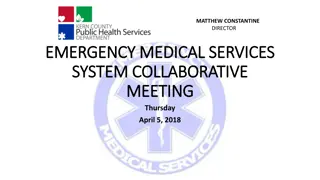Analysis of Autoclitic Tact Responses
Examples of autoclitic tact responses in behavior analysis, distinguishing between autoclitic tact, primary tact, none, and autoclitic mand. Understand the controlling variables and relationships influencing the responses. Gain insights into the nuances of verbal behavior classifications.
Download Presentation

Please find below an Image/Link to download the presentation.
The content on the website is provided AS IS for your information and personal use only. It may not be sold, licensed, or shared on other websites without obtaining consent from the author.If you encounter any issues during the download, it is possible that the publisher has removed the file from their server.
You are allowed to download the files provided on this website for personal or commercial use, subject to the condition that they are used lawfully. All files are the property of their respective owners.
The content on the website is provided AS IS for your information and personal use only. It may not be sold, licensed, or shared on other websites without obtaining consent from the author.
E N D
Presentation Transcript
Peterson & Ledoux (2014) Examples Write autoclitic tact or primary tact, none or autoclitic mand after each example. The response to be classified is underlined. 1. Consider the response, "He is not well," controlled by the fact that "well" occurs under inappropriate circumstances. Autoclitic Tact 2. Consider the response, "He is not well," controlled by the fact that you just repeated the phrase. None - Echoic 3. Consider the response, "He is not well," controlled by the presence of the written words, He is not well. None Textual
4. Consider the response "I insist that he is wrong," occurring as a result of the strength of the controlling relationship between "wrong" and its controlling variable. Autoclitic Tact 5. Consider the response, "He is not well," controlled by the fact that the listener's reacting as though "he" is sick would be currently reinforcing to the speaker. Autoclitic Mand 6. Consider the response, "He is well," controlled by certain visual characteristics (possibly, pink cheeks). Primary Tact
Write autoclitic tact or primary tact or none after each example. The response to be classified is underlined. 1. "I see it is raining." Autoclitic Tact 2. "I ask you, what time is it?" Autoclitic Tact 3. "I think that's Harry," said as a result of hearing footsteps. Autoclitic Tact
4. "I know that's Harry," said as a result of hearing footsteps. Autoclitic Tact 5. "I admit that I am guilty." Autoclitic Tact 6."What you said is true." Tact
